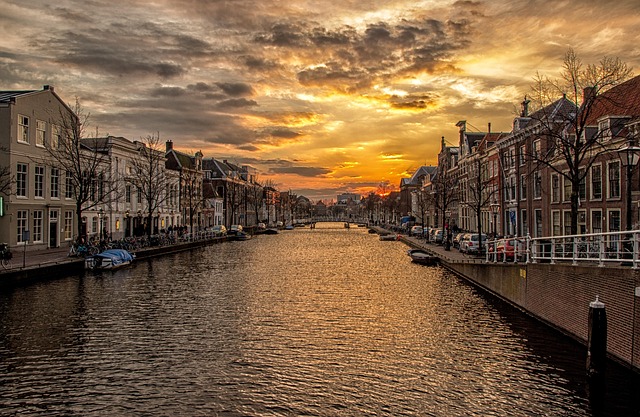In the world of photography, capturing the essence of a moment goes beyond just pressing a shutter button. It’s about how you tell a story through the lens of your camera, and one of the most powerful tools in this narrative is HDR color. High Dynamic Range (HDR) photography enhances the spectrum of light and color in a shot, pushing images to reveal details that often go unseen. When mastered, it can transform a typical photo into a breathtaking visual experience that draws viewers in with its vibrancy and depth.
Imagine standing before a golden sunset, the sky ablaze with hues of orange, pink, and purple. Without HDR color techniques, a camera may struggle to capture the full range of these colors, leaving some areas too dark, while others may wash out entirely. HDR color bridges this gap by merging multiple exposures, allowing photographers to showcase a scene as it is seen by the human eye—an art form that morphs ordinary images into extraordinary masterpieces.
The beauty of HDR color lies in its ability to enhance the layers of a photograph. When you view an image with rich HDR colors, it’s like peeling back the layers of an onion, revealing intricate details that captivate the viewer’s attention. Each layer adds complexity; the foreground elements pop with clarity, while the backgrounds remain soft yet vibrant. This technique requires a deep understanding of optics and the camera’s capabilities, showcasing the photographer’s skill in manipulating light to create something memorable.
Today’s digital cameras have made HDR photography more accessible, allowing enthusiasts and professionals alike to experiment with this technique. While it’s important to embrace the technology at our fingertips, true artistry comes from the heart. Balancing saturation and subtlety can be a tricky dance. Overdo it, and an image risks losing its authenticity; underdo it, and the image may become dull.
Incorporating HDR color into your photography also encourages exploration. Every environment presents its unique challenges and rewards. For instance, when photographing landscapes, the complex interplay of natural light during golden hour or the contrasting shadows of a forest can be expertly rendered using HDR techniques. This not only enhances the overall aesthetic but invites viewers to feel the atmosphere and emotions that permeate the scene.
For those just starting to dabble in HDR photography, experimenting with your camera’s settings is vital. Understand the nuances of exposure bracketing and how to merge images effectively, either through your camera’s built-in functions or software like Adobe Lightroom and Photoshop. Yet, remember that technology is merely a scaffold; the soul of your photograph will always come from your vision and storytelling capabilities.
As you develop your craft, embracing HDR color will not only refine your technical capabilities but also deepen your emotional connection to the subjects you capture. It’s about more than just vivid colors; it’s an opportunity to transport your audience into the world you see and feel through your lens. Each picture you take is a pulse of emotion and an artifact of time, waiting to be shared and appreciated.



